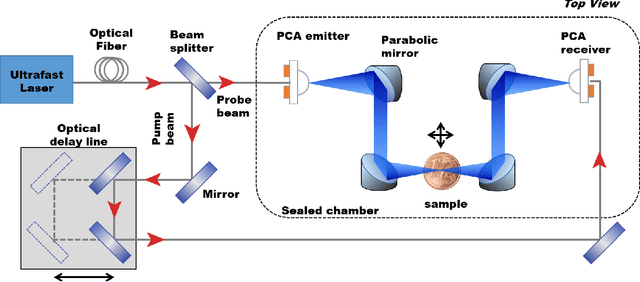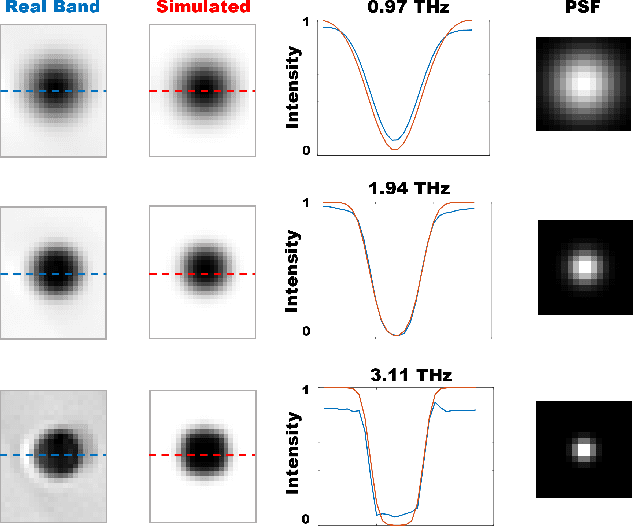Marina Ljubenovic
Pansharpening of PRISMA products for archaeological prospection
Apr 08, 2024Abstract:Hyperspectral data recorded from satellite platforms are often ill-suited for geo-archaeological prospection due to low spatial resolution. The established potential of hyperspectral data from airborne sensors in identifying archaeological features has, on the other side, generated increased interest in enhancing hyperspectral data to achieve higher spatial resolution. This improvement is crucial for detecting traces linked to sub-surface geo-archaeological features and can make satellite hyperspectral acquisitions more suitable for archaeological research. This research assesses the usability of pansharpened PRISMA satellite products in geo-archaeological prospections. Three pan-sharpening methods (GSA, MTF-GLP and HySure) are compared quantitatively and qualitatively and tested over the archaeological landscape of Aquileia (Italy). The results suggest that the application of pansharpening techniques makes hyperspectral satellite imagery highly suitable, under certain conditions, to the identification of sub-surface archaeological features of small and large size.
Super-resolution of THz time-domain images based on low-rank representation
Dec 21, 2023



Abstract:Terahertz time-domain spectroscopy (THz-TDS) employs sub-picosecond pulses to probe dielectric properties of materials giving as a result a 3-dimensional hyperspectral data cube. The spatial resolution of THz images is primarily limited by two sources: a non-zero THz beam waist and the acquisition step size. Acquisition with a small step size allows for the visualisation of smaller details in images at the expense of acquisition time, but the frequency-dependent point-spread function remains the biggest bottleneck for THz imaging. This work presents a super-resolution approach to restore THz time-domain images acquired with medium-to-big step sizes. The results show the optimized and robust performance for different frequency bands (from 0.5 to 3.5 THz) obtaining higher resolution and additionally removing effects of blur at lower frequencies and noise at higher frequencies.
* This work was presented at the Sixth International Workshop on Mobile Terahertz Systems (IWMTS)
Beam-Shape Effects and Noise Removal from THz Time-Domain Images in Reflection Geometry in the 0.25-6 THz Range
Mar 01, 2022



Abstract:The increasing need of restoring high-resolution Hyper-Spectral (HS) images is determining a growing reliance on Computer Vision-based processing to enhance the clarity of the image content. HS images can, in fact, suffer from degradation effects or artefacts caused by instrument limitations. This paper focuses on a procedure aimed at reducing the degradation effects, frequency-dependent blur and noise, in Terahertz Time-Domain Spectroscopy (THz-TDS) images in reflection geometry. It describes the application of a joint deblurring and denoising approach that had been previously proved to be effective for the restoration of THz-TDS images in transmission geometry, but that had never been tested in reflection modality. This mode is often the only one that can be effectively used in most cases, for example when analyzing objects that are either opaque in the THz range, or that cannot be displaced from their location (e.g., museums), such as those of cultural interest. Compared to transmission mode, reflection geometry introduces, however, further distortion to THz data, neglected in existing literature. In this work, we successfully implement image deblurring and denoising of both uniform-shape samples (a contemporary 1 Euro cent coin and an inlaid pendant) and samples with the uneven reliefs and corrosion products on the surface which make the analysis of the object particularly complex (an ancient Roman silver coin). The study demonstrates the ability of image processing to restore data in the 0.25 - 6 THz range, spanning over more than four octaves, and providing the foundation for future analytical approaches of cultural heritage using the far-infrared spectrum still not sufficiently investigated in literature.
 Add to Chrome
Add to Chrome Add to Firefox
Add to Firefox Add to Edge
Add to Edge